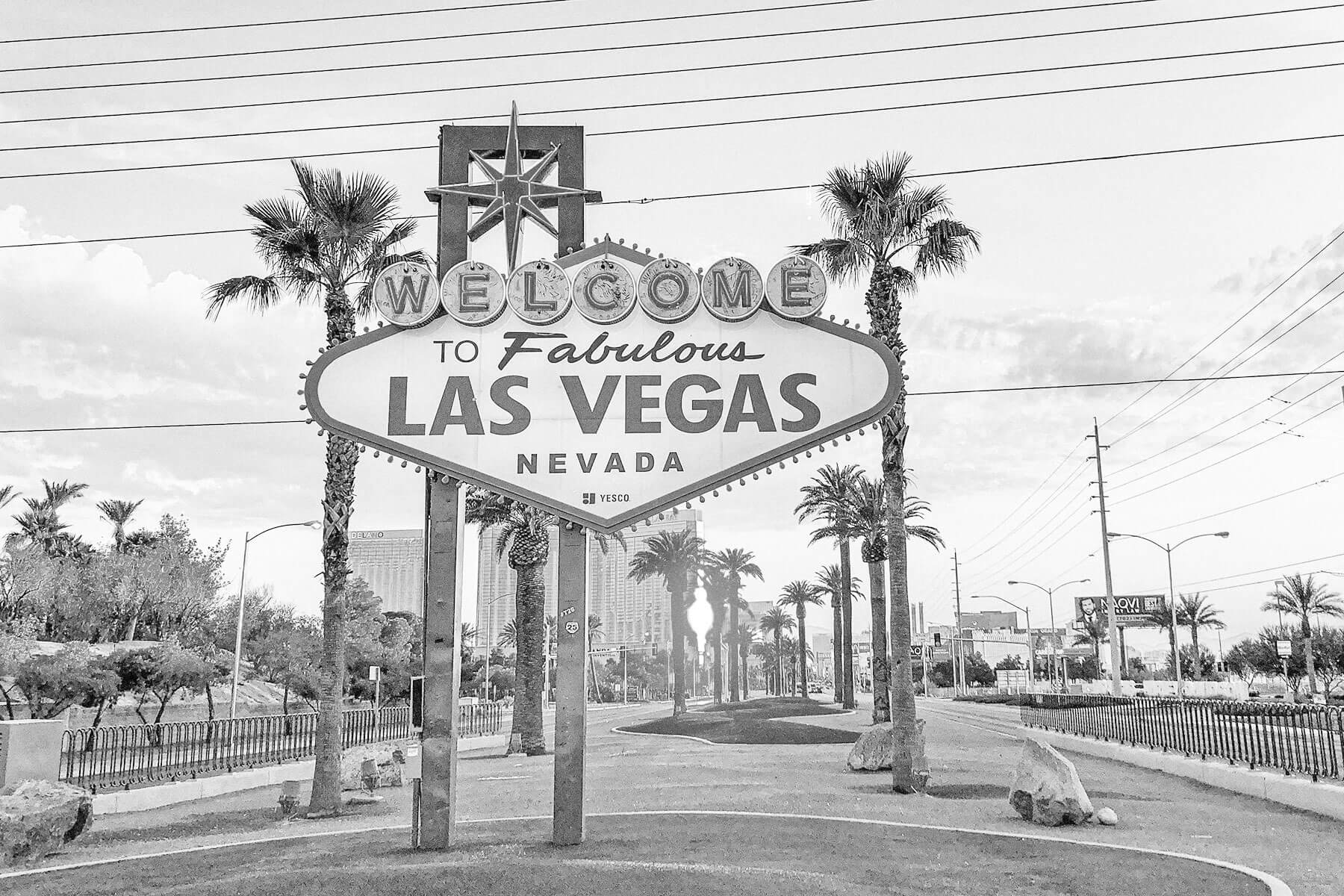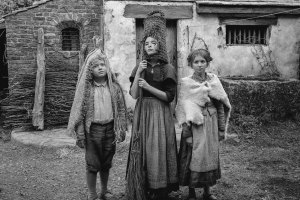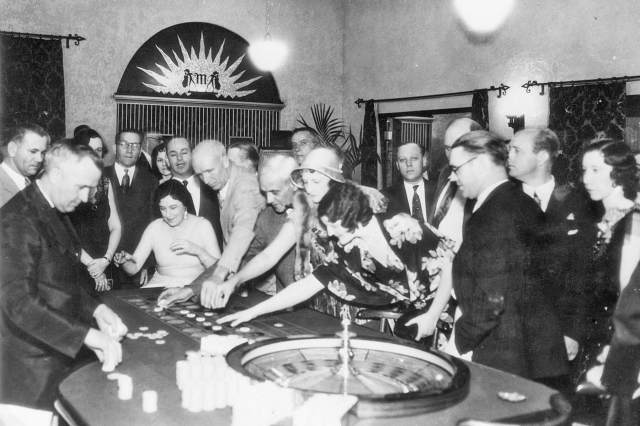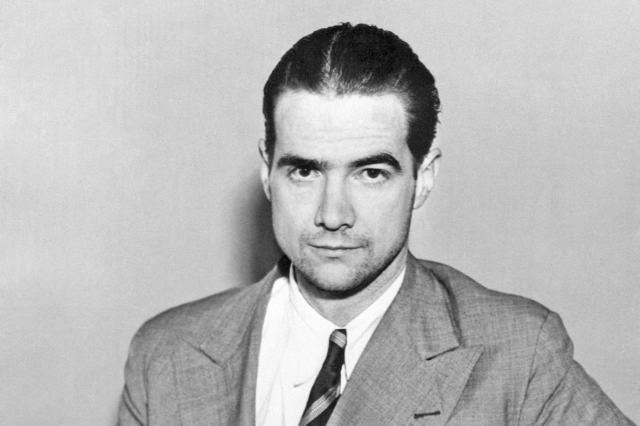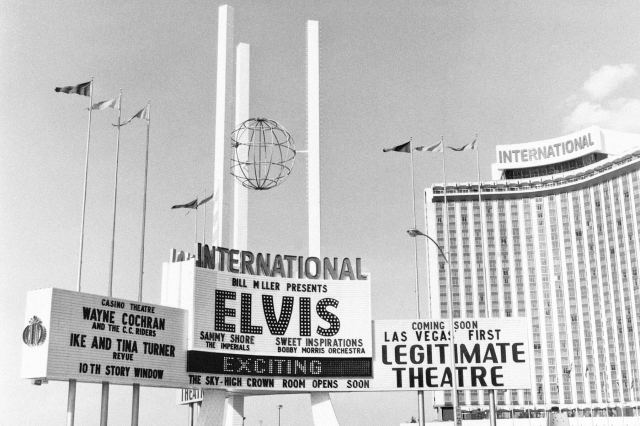The Fascinating History of Las Vegas
Since the middle of the 20th century, Las Vegas has been known as the capital of the American id. Gambling has long been at the center of its appeal, as nicknames such as “Sin City” and “Lost Wages” suggest. “What happens in Vegas stays in Vegas” is the city’s well-known slogan, while others have remarked, “Las Vegas is where losers come to win, and winners come to lose.”
Rising up from the Nevada desert, the city’s built environment is so extravagant that it’s difficult to imagine a time when its spectacle did not exist, fully formed. Let’s go back and trace the origins of this uniquely American city.
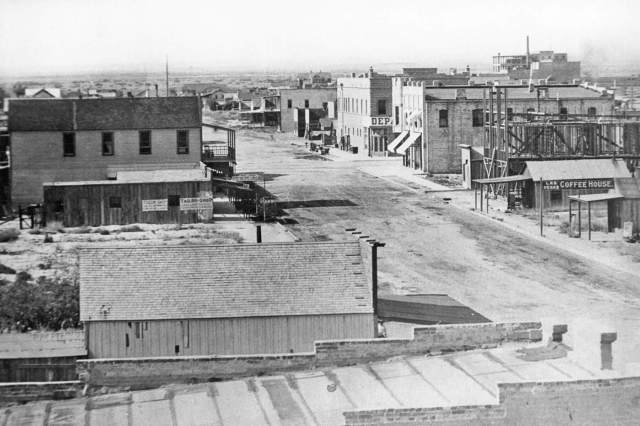
A Desert Oasis
Even though Las Vegas occupies a unique place in American culture, its metropolitan origin was sparked by the same thing that gave rise to many other U.S. cities: the development of the railroad. The area that includes present-day Nevada became a United States territory with the signing of the Treaty of Guadalupe Hidalgo in 1848, which ended the U.S. war with Mexico. Despite its location in the basin of the Mojave Desert, the site of what is now Las Vegas was a sort of oasis — a valley that included a water source in the form of artesian springs.
The water source was the selling point for railroad magnate and U.S. Senator William Clark. In 1902, he bought 2,000 acres of land and water rights in order to create a waypoint for the San Pedro, Los Angeles & Salt Lake Railroad he incorporated to connect those cities. The railroad line through Nevada began construction in 1904, and the following year, Clark auctioned off parcels of his land, which was located east of the railroad tracks.
Around the same time, civil engineer John T. McWilliams was attempting to build a township west of the railroad tracks. Though he was working with far less acreage than Clark — 80 acres to Clark’s 2,000 — the development provoked competition and intensified Clark’s efforts to build his township. Clark offered refunds on the $16 train fare to town in order to attract buyers. Newspaper advertisements promised, “Get into line early. Buy now, double your money in 60 days,” though accounts differ on which of the two were commissioning that ad.
Ultimately, McWilliams couldn’t really compete. After all, Clark owned the water rights and far more land, and he had a major stake in the railroad. On September 5, 1905, a fire almost completely consumed McWilliams’ townsite, and ensured that the competition between the two was short-lived; development would be concentrated west of the railroad tracks. Clark formed the Las Vegas Land & Water Company with his partners, and vowed, “I will leave no stone unturned and spare myself no personal effort to do all that lies within my power to foster and encourage the growth and development of Las Vegas.”





